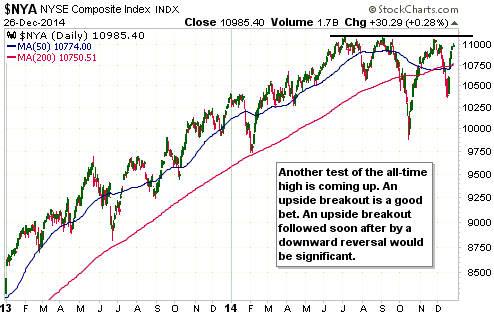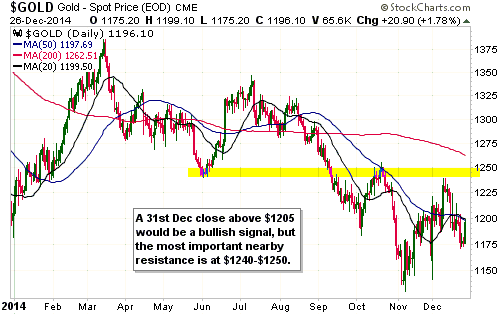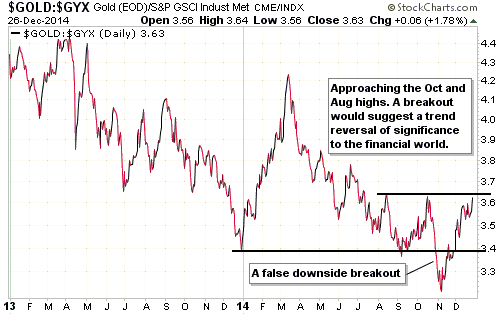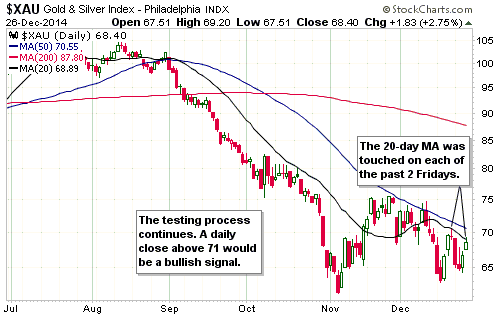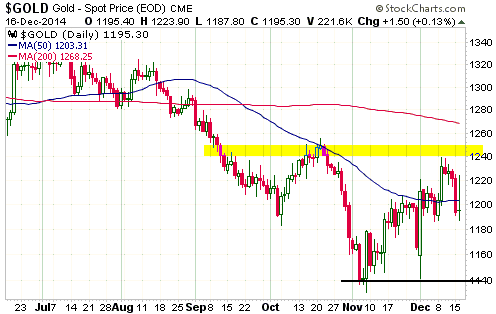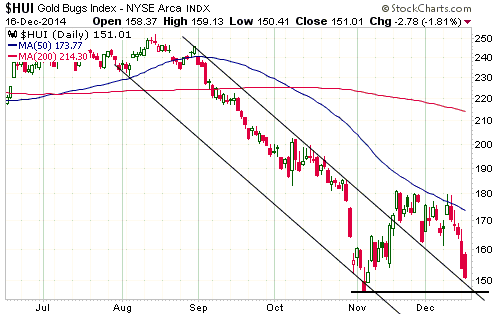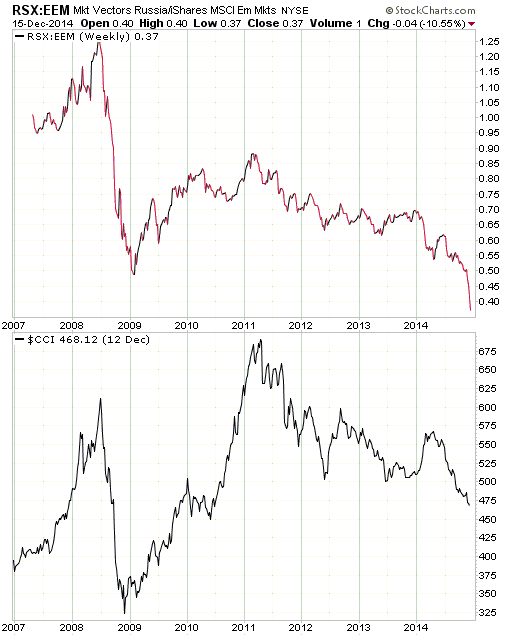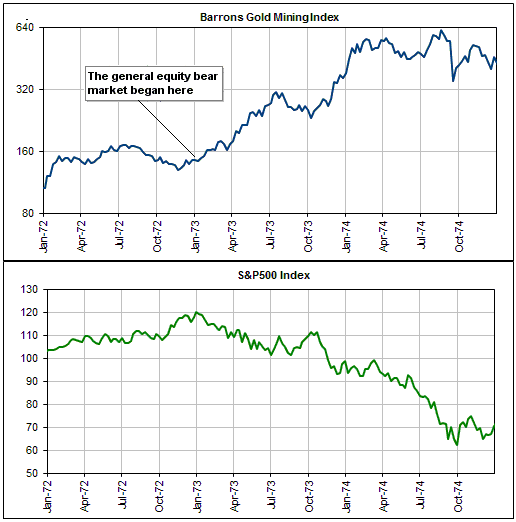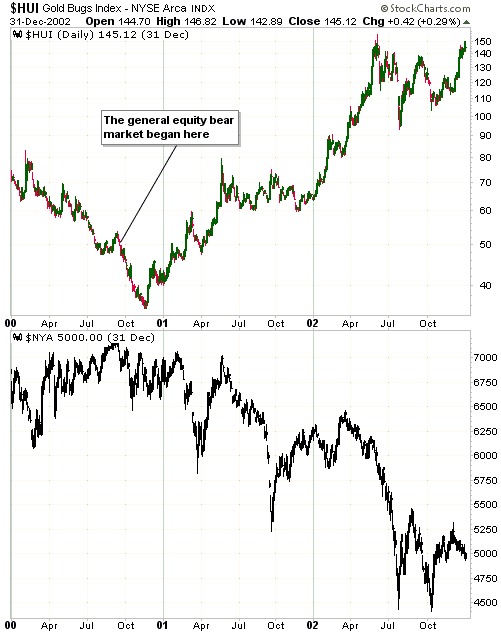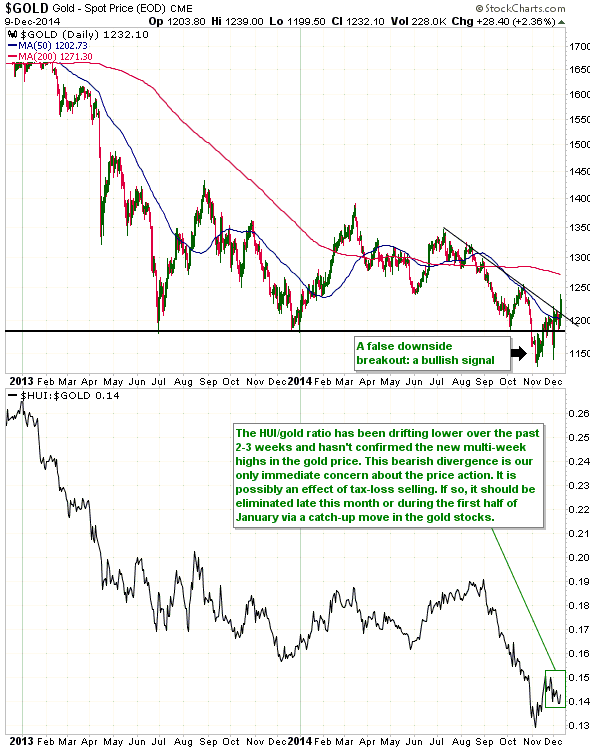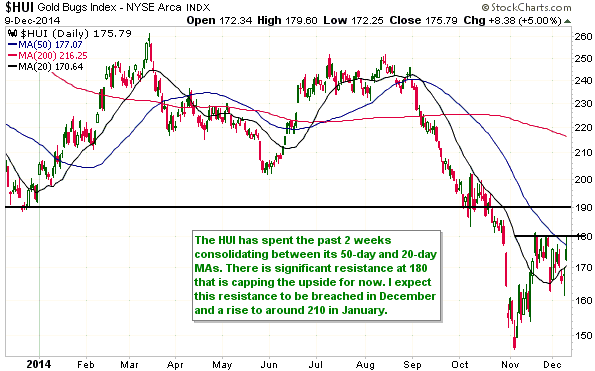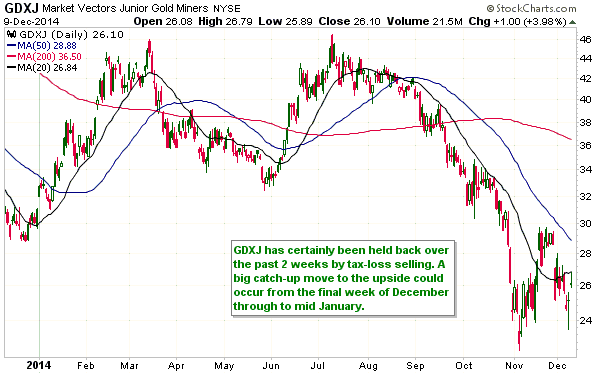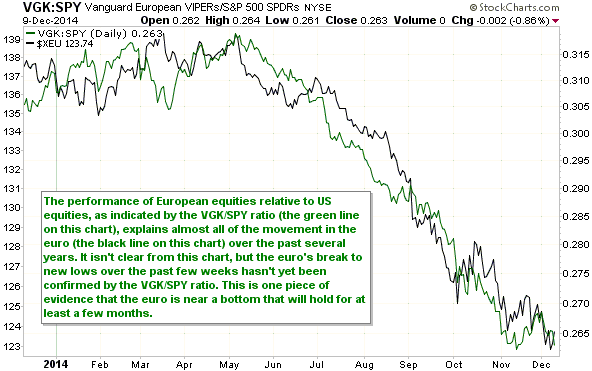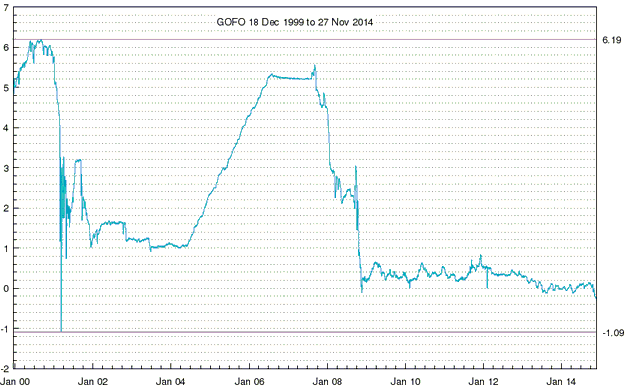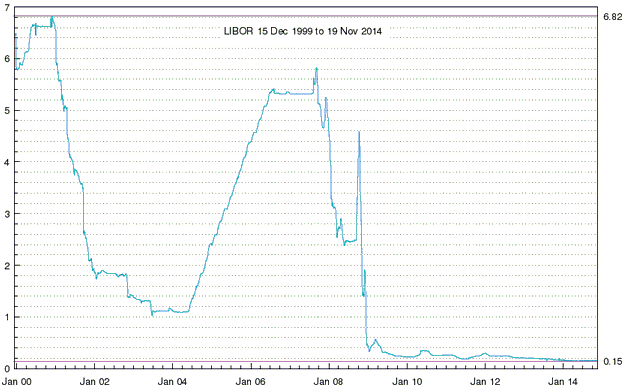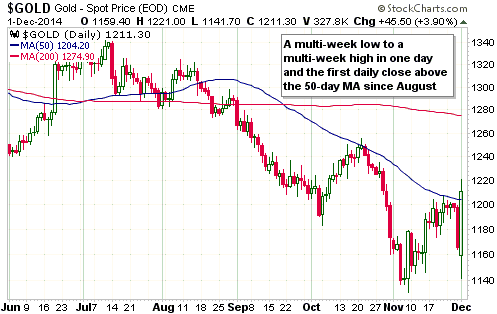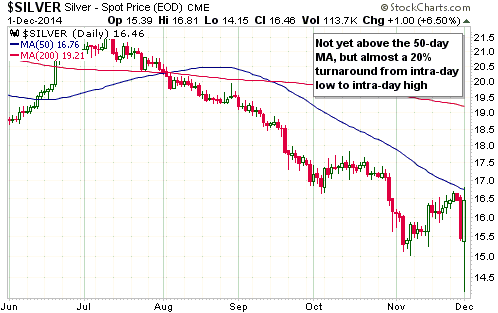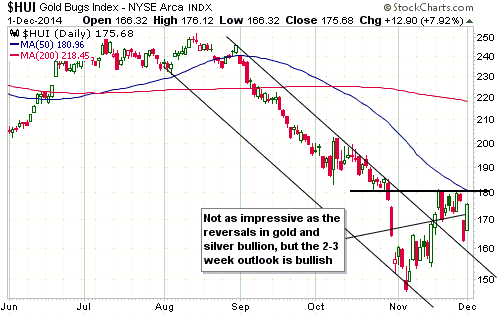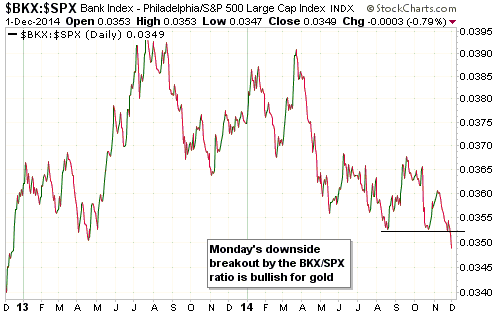1) Rescue major banks by transferring to them, through various channels, a few hundred billion dollars of taxpayers’ money.
2) Call this money transfer the Troubled Asset Relief Program (TARP), because calling it the Bailout At Taxpayer Expense (BATE) program wouldn’t create the right impression.
3) Justify the money transfer by claiming that it is necessary to prevent a total financial collapse and massive losses to bank depositors, even though, in reality, bank deposits are not at risk and the financial system would actually be strengthened by allowing excessively indebted/leveraged financial institutions to go bust.
4) Implement monetary policies that, over the space of several years, effectively transfer trillions of dollars from savers and middle-class wage earners to the balance sheets of banks and other financial speculators.
5) When the banks, flush with the huge profits stemming from the carry-trade opportunities provided by many years of limitless access to near-zero-cost short-term credit, pay back the TARP money with a smidgen of interest, declare the whole exercise to be a resounding success for taxpayers and the economy.
 Print This Post
Print This Post

